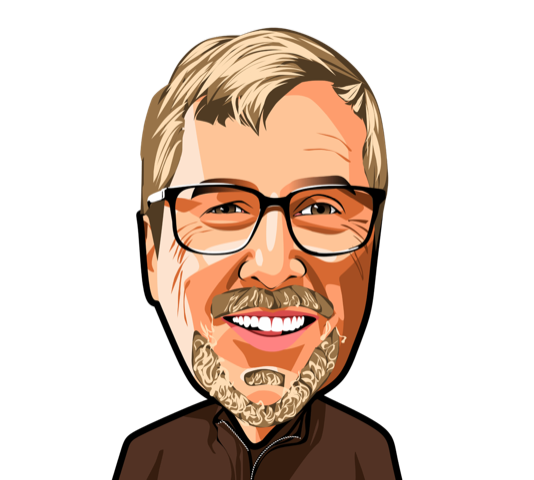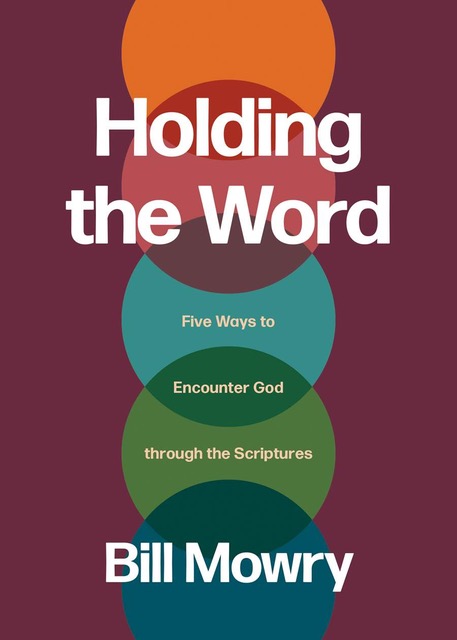We stumbled into a traffic jam. Peggy and I had planned a week’s vacation in sunny Savannah, Georgia. On the second day of our vacation, we decided to travel into the city to enjoy the historic downtown and sample the local food. Imagine our surprise when we were met by jammed streets, no parking, and people wearing green t-shirts and green necklaces. We had arrived in Savannah on St. Patrick’s Day.
Our carefully chosen restaurant was packed with revelers. It turns out that Savannah has one of the largest St. Patrick’s Day parades in the U.S. and we had caught the aftermath. I looked for an opportunity to ask my server if he knew anything about Patrick but he was too busy waiting tables to have a conversation.
It’s a shame that we’ve replaced this missionary pioneer with a day of drinking. Not only is the day’s purpose misplaced but Patrick wasn’t even Irish! It’s time to resurrect the life of this early church leader and go green on evangelism.
Patrick and his missionary team came to Ireland with an approach to evangelism that departed from the “Roman” model practiced by the early church. Seminarian George Hunter describes how the Roman model focused on presenting the Christian message in a logical fashion. A challenge was given to ask people to decide to become a Christian. If they decided positively, new believers were welcomed into the church and its fellowship.
As Hunter notes: “The Roman model seems very logical to use because most American evangelicals are scripted by it! We explain the gospel, they accept Christ, we welcome them into the church! Presentation, decision, assimilation. What could be more logical than that!” Patrick and his team approached evangelism differently.
The “Celtic” model first established community with people. A diverse team of men and women would set up a camp outside an Irish city or village and co-mingled with the local people. The team would meet people, serve local needs, start conversations, and look for receptive individuals. Patrick would target first the king and other opinion leaders since each Irish settlement had its own king or ruler.
This entourage would engage the community in open-air speaking. They probably employed stories, poetry, songs, the visual arts, and drama to entice the Celtic people’s imaginations. The Celts loved to celebrate the gospel in the open air; the Roman branch preferred thick buildings that walled out the sights and sounds of the world.
These roving teams would spend weeks, or even months, as a community of faith next-to and within the local tribe. Conversions were gradual over time rather than sudden decisions (like the Roman model). The church that emerged within the tribe would have been indigenous to the people served.
Caring and connecting marked Patrick’s ministry. He genuinely loved the Irish people. Cahill writes that “His love for his adopted people shines through his writings, and it is not just a generalized ‘Christian’ benevolence, but love for individuals as they are.”
Patrick became an Irishman. He wedded his world to theirs, his faith to their life. “For only this former slave had the right instincts to impart to the Irish a New Story, one that made new sense of all their old stories and brought them a peace they had never had before,” writes Cahill.
When you understand the people you will often know what to say and do in ways appropriate for that audience. “When people know that the Christians understand them, they infer that maybe the High God understands them too,” writes Hunter. Patrick practiced the power of connection.
Teams, time, conversation, creativity were coupled with caring and connecting. These simple elements marked the Celtic model. What was the legacy of this gospel ministry?
The gospel impacted the Irish legal system. A new culture emerged where slavery and human sacrifice became unthinkable. Warfare between tribes diminished markedly and new laws, influenced by gospel norms, began to shape the culture.
The gospel liberated people. Patrick was the first recorded Christian leader to advocate the liberation and cessation of slavery. After all, Patrick had once been a slave in Ireland; the horror of slavery was never lost on him. Within his lifetime or soon after his death, the Irish slave trade came to a halt.
The gospel released the power of literature and learning. Like the Jews before them, the Irish enshrined literacy as a central religious act. In this dazzling new scribal culture, a book was not an isolated document on a dusty shelf but communication from one generation to the next.
Historian Thomas Cahill writes that “without the Irish, there would have perished in the west not only literacy but all the habits of the mind that encourage thought.” Patrick launched a gospel movement that sent missionaries and built monasteries as far as Italy. These missionaries encouraged thought, reading, and literacy. This movement preserved the Scriptures, the writing of the early church fathers, and the wisdom of ancient Greece and Rome.
Patrick and his gospel movement probably baptized tens of thousands of people. His team planted 700 churches and ordained 1,000 priests. Within his lifetime, 30 to 40 (or more) of Ireland’s 150 tribes became substantially Christian.
Not all celebrated the success of his mission. Patrick was criticized by the British bishops — the leaders who commissioned and sent him to Ireland. They were angered and offended that Patrick would spend so much time with “pagans,””sinners,” and “barbarians.” Going green has its consequences.
I wonder what would happen today if we went green in evangelism — shifting our approach from the Roman model to the Celtic one. Instead of presentation, decision, and fellowship, what would evangelism look like if we conversed and connected over time? What would evangelism look like if we creatively used all of the arts — poetry, drama, and the visual arts to communicate the gospel message?
Maybe the time is right for this fifth century leader and evangelist to again shape our worlds. Perhaps small teams of people committed to Jesus and his message, living in neighborhoods and communities, choosing to care and converse, could start a gospel movement. Should evangelism go green?


Leave a Reply